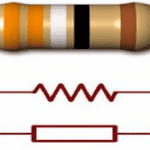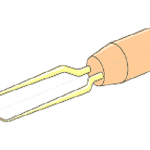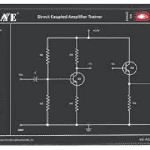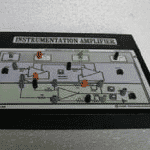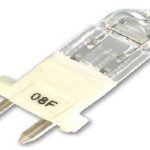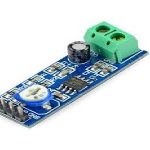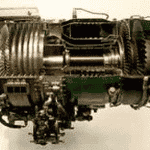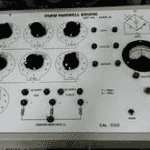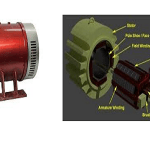The concept of electrical resistance can be explained by comparing it with the hydraulic system. When the current flows through a wire, it is like fluid flow through pipe and the voltage loss that happens across the wire corresponds to pressure drop which gives a force for water through a pipe. So, in this analysis resistance is termed as what amount of pressure is necessary to accomplish specified flow. To be clear, let us look into the below concepts … [Read more...]
What is Cascade Amplifier : Circuit & Its Working
One of the most crucial devices in the history of the electronics domain is Amplifier. It is the device that acts in response to a minimal amount of current, voltage, or power and generated a larger output signal. This scenario is called amplification and it can be delivered by various devices such as generators, vacuum tubes, transformers. But these, people also utilize solid-state microcircuits in the place of amplifiers. In most situations, the output … [Read more...]
What is Hot Wire Anemometer : Construction & Its Working
Well, let us start the topic of hot wire anemometer by knowing its history first, then we can move into the detailed concepts. Initially, the enhancement of an anemometer started in the 15th century. The first anemometer was invented by Alberti in the year 1450 and it is of mechanical type. Then, many versions came into existence developed by many scientists. In the year 1846, Romney enhanced the anemometer design by implementing mechanical rotational … [Read more...]
What is DC Amplifier : Circuit Diagram & Its Applications
An amplifier which is simply termed as the amp is the most essential component in the electronics industry. Not only the amplifier boosts the signal level, the device even delivers an enhanced quality of the input signal. To boost up voltage level, preferably transformers are used, while a relay is utilized for switching ON or OFF of electric pulses. And to magnify the range of fluctuating signals, transistor-based amplifiers are used. So, we are … [Read more...]
What is an Instrumentation Amplifier : Working & Its Applications
Either it is household or business necessity, we require sometimes to know the regulation and measurement of some physical conditions. For instance, in a diary organization, we require to calculate the humidity and temperature levels to maintain good product quality and accurate temperature levels for the product. So, these changes have to be transformed into electrical quantities, and then those need to be amplified. So, the amplifiers that are employed … [Read more...]
What is a Discharge Lamp : Types & Their Working
In the initial period of 1856, discharge tubes came into existence, but discharge lamps existed in the market in the 1930s. Initially, a French scientist Jean Picard noticed that barren space in the mercury barometer shined as the mercury wiggled when he was carrying it. Many researchers along with Francis Hauksbee attempted to know the actual phenomenon behind it. Francis initially showed a discharge lamp in the year 1705. He demonstrated that either … [Read more...]
What is an LM386 Audio Amplifier : Circuit Working & Its Applications
We all know that amplifiers hold great prominence in the scope of the electrical and electronics industries. Moving in this scenario, today our discussion will be on an integrated circuit which is LM386. It is the IC including a low voltage audio power amplifier. This IC was initially invented by Ernie Leroy Long in the year 1969 and the first application of this device was as a fuel injection system in the Ford car. There exist various models of LM386 … [Read more...]
What is Closed Cycle Gas Turbine : Working & Its Efficiency
From the past few decades, this closed cycle gas turbine has gained huge prominence because of its crucial involvement in the worldwide energy requirements. In the year 1935, the first patent for closed cycle gas turbines was announced but the commercial usage of these happened in the year 1939. Conventionally, these gas turbines were mostly employed as external combustion engines using brown coal and bituminous coal. But these were supplanted by open … [Read more...]
What is Self Inductance : Theory, Examples & Applications
In the domain of electronics and electromagnetism industries, inductance is the movement of the electrical conductor to obstruct the flow of current. The current movement develops a magnetic field across the conductor and this field strength is based on the current magnitude and any current variations. From the principle of Faraday’s law of induction, any deviation in the magnetic field along the circuit generates an EMF voltage and this is termed as … [Read more...]
Know the Differences between DC Shunt Motor & DC Shunt Generator
In the scope of electrical technology, a parallel circuit is described to be shunt. Direct current motors and generators where the armature and field windings are parallelly connected are termed as DC shunt motors and DC shunt generators. Fundamentally, a similar machine can be utilized as motors and generators. The foremost variation in between these devices is that in the DC shunt motor the input is of electrical energy and the output is mechanical … [Read more...]
